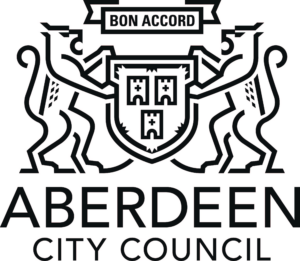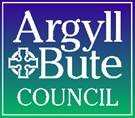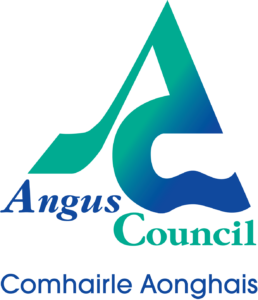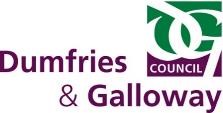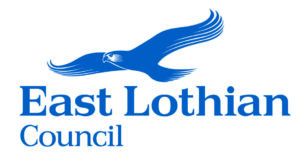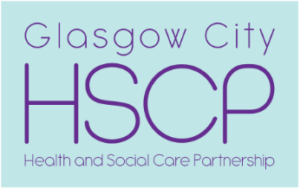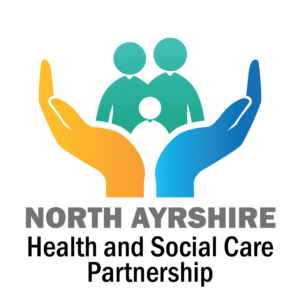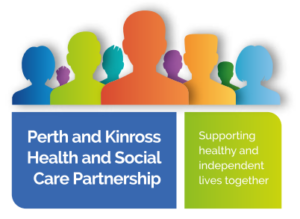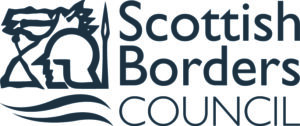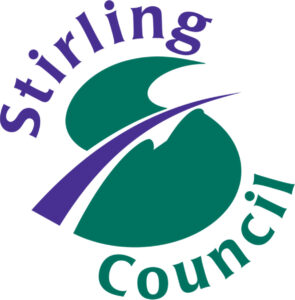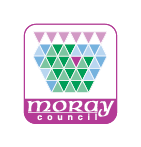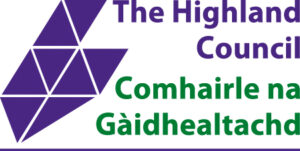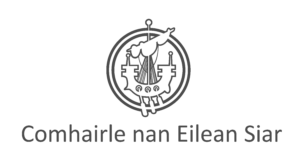Trafficking & Exploitation Strategy Review 2022
Response from Social Work Scotland
21st December 2022
Child Trafficking Questions
1. Do you agree that the Trafficking and Exploitation Strategy has provided an effective framework for joint work in Scotland to tackle trafficking and exploitation?
No
Comments:
Social Work Scotland (SWS) is the professional body for social work leaders, working closely with our partners to shape policy and practice, and improve the quality and experience of social services. We welcome this opportunity to comment on the Trafficking & Exploitation Strategy Review (2022).
It is helpful to have a Strategy that sets out the multi-agency approach to tackling human/ child trafficking, however a Strategy alone does not provided an effective framework.
While the Strategy provides a useful framework, this does not in itself ensure effective implementation of policy and practice change required. The Action Areas have assisted implementation and links with partners have been developed via the Strategic Implementation Group. The Strategy must however be supported by a robust implementation and evaluation plan, as well as actions.
While extensive work is being undertaken by social work services in relation to child trafficking, there is a general lack of awareness of this Strategy across the sector. The main reference document for social work children’s services is the National Guidance for Child Protection (2021) which has a specific section in relation to child trafficking and child criminal exploitation (Part 4). This provides definitions in the context of child wellbeing and protection. Local Child Protection Committees lead on the developments of protocols, guidance and practice and local authorities have duties and responsibilities in relation to trafficked children which sit within child protection (CP) and GIRFEC processes. It is noted the Strategy requires updating to reflect the 2021 Guidance, which will remain the primary source for practitioners and managers in relation to any areas of potential abuse.
2. Is having a specific chapter on child trafficking and the multi-agency Child Trafficking Strategy Group the best approach to take in the Strategy?
Yes
Comments:
It is helpful to have a specific focus on child trafficking to ensure that the particular issues for children and young people are given consideration within a protecting children and GIRFEC context. Legislation and policy can be complex and having a key reference document is helpful. This must provide clear guidance for leader, managers and practitioners working within this complex area of work.
Local authorities retain a statutory duty to assess risk and provide support in line with their safeguarding duties. It is important to clearly outline the different needs and approach required for children and young people, linking to other relevant Scottish and UK Government policy areas.
A Strategy specific to child trafficking, with actions areas, implementation and evaluation plan, would be helpful, rather than a chapter in a wider trafficking document. Maintaining the critical links to transitions and adult support and protection (ASP) is essential. However we would again emphasise the need to link this to the core national child protection guidance for ease of access and therefore use.
3. Should Child Trafficking be a fourth Action Area for the Strategy? If so, what should the general and specific outcomes for this work be?
Yes
Comments:
The Strategy does not have specific action area for children and young people, despite having a chapter on child trafficking. It would be helpful to have focus on this vulnerable group with clear actions and outcomes for partners, as well as a plan on how implementation is to be achieved.
This must align with other key strategies and guidance documents and particularly the National Guidance for Child Protection, which aligns and links to child sexual exploitation (CSE), online safety, criminal exploitation etc.
Specific outcomes will require detailed discussion and key areas for consideration are noted below.
Across the country some areas/ organisations have developed significant expertise (CSE/CCE/ trafficking), and there is a need to develop an effective approach to identifying and sharing good practice.
4. Do you think the Trafficking and Exploitation Strategy should be refreshed?
Yes
Comments:
Since the development of the Strategy there has been additional developments that require alignment (mentioned above). In addition other policy areas could be linked, such as the Trauma Training Framework for the social work workforce, and also emerging new responses, such as Contextual Safeguarding, to manage risks.
It would also be helpful to strengthen the focus on children’s rights and link to the UNCRC Incorporation Bill. In addition the focus on criminal exploitation could be strengthened and cross referenced with the Care and Justice Bill.
Additionally, it could be further strengthened with reference to policy and practice in relation to unaccompanied asylum seeking children (UASC), recent learning from work in relation to Ukraine Refugees and learning from the National Referral Mechanism (NRM) Devolved Decision Making Pilot in Glasgow. Findings suggest that this could be strengthened by focus on CCE and CSE as well as unaccompanied young people.
Some examples and service examples noted in the Strategy could be updated, (references are to 2016/2017).
Also, some website links in the document are no longer live and require to be updated to reflect current policy, guidance documents etc.
5. Should the Scottish Government continue to report on an annual basis on progress in implementing the Strategy?
No
Comments:
It is important to ensure oversight and review of the Strategy however annually is too frequent given the volume of consultation and reviews within the social work sector, at a time where there is increased pressures on services.
While it is important to maintain a focus on this area, a biennial review would be appropriate and proportionate, while maintaining oversight at the Strategy Group if significant changes are required between the review points.
Consideration of the links to the review timetable for the National Guidance for Child Protection would be helpful.
6. Is there more that can be done to target support children and young people at risk of trafficking before they are exploited? If so, what?
Yes
Comments:
From a social work perspective, continued focus and resourcing for awareness raising and training are important for identification, support and exploring the complexity of the issues for this group of children.
Training and support for early identification can be delivered across organisations such as social work, health, education and 3rd sector. Police and Border Agency colleagues provide helpful insight that can inform improved identification and responses.
Some local areas will have limited specialist knowledge, experience and resource so national learning is important.
There are examples of training which has resulted in positive outcomes:
- As part of the National Referral Mechanism (NRM) Devolved Decision Making Pilot in Glasgow, staff undertook training that has supported the increased identification of children and young people resulting in more effective and earlier interventions. Glasgow have produced a webinar and targeted training which will be available early 2023 to share nationally.
- In 2019, training was delivered jointly between the Trafficking and CSE Strategy Group. The workshops provided an overview of national developments in relation to both child sexual exploitation and child trafficking and encouraged areas to discuss implementation at a local level, share learning and discuss what actions could be delivered locally to improve our response to children and young people at risk of harm. This also allowed for reflection at national level on actions required to improve the response for vulnerable children. This work was completed and concluded that the next step would be to bring CSE and Trafficking together into a child exploitation agenda (taking this forward may have been impacted by Covid priorities).
7. Have there been changes in Scotland or elsewhere since 2017 that should impact on our approach to tackling trafficking and exploitation of children?
Yes
Key areas identified are:
- Learning from CCE (County Lines)
- Internal trafficking – changing profiles of victims
- Learning from NRM (DDM) pilot
- Learning from Ukraine work
- Strengthen Rights based approach
- Strengthen trauma responsive services
- Transitions to ensure services are as seamless as possible including links to ASP
- Links with age assessment work – including the impact of recent UK Age Assessment Guidance
- Unaccompanied Asylum Seeking Children (UASC) – it is important to ensure that work is linked and connected particularly the risks in relation to UASC (National transfer scheme/ missing children)
- Child Trafficking Guardians – ensure learning is captured and shared in relation to this service.
Some areas have extensive experience and others do not, it is important to provide the opportunity to support local areas to remain up to date with legislation, policy and practice changes.
8. In relation to child trafficking, are there specific types of exploitation that require additional focus? If so, please set out key outcomes/goals that should be added below.
Comments:
These are some areas identified that could be strengthened/ added:
- Linkages with ‘missing’ strategies
- Child criminal exploitation
- Domestic Servitude
- Tackling exploitation in groups (children, young people and adults)
- Focus on ‘hot spot’ areas
- Changing demographics and needs to identify emerging threats
It is crucial that the Strategy reinforces that child trafficking and exploitation occur within and between countries and is informed by lived experience.
This should be a ‘living document’ that can be revised and updated as learning develops, and policy and practice change. It should also sit within the wider protection agenda.
9. Do you think any changes should be made to the Child Trafficking Strategy Group?
Yes
Comments:
The Strategy Oversight Group and Child Trafficking Group have wide and varied membership, including local authorities and Child Protection Committee Scotland, however SWS is not represented – links could be strengthened by SWS membership.
Social work play a key role in the delivery of the Strategy, and connections between these group and the SWS Chief Social Work Officers (CSWO) Group, the SWS Children and Families Standing Committee and SWS Child Protection and Adult Protection Sub Groups are critical, as well as links with national Protecting Children Leads and the National Adult Support and Protection Lead.
There were previous plans to establish a child exploitation group to encompass CSE and trafficking. This would be a helpful approach to ensure effective linkages for the cross cutting themes.
10. If you have any further comments on the Trafficking and Exploitation Strategy, please note these below.
To discuss further, if required, please contact:
Sharon Glasgow,
Protecting Children Policy and Practice Adviser

